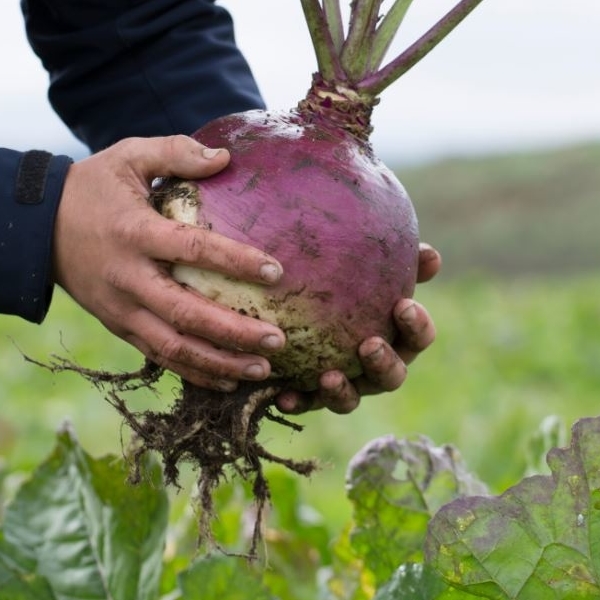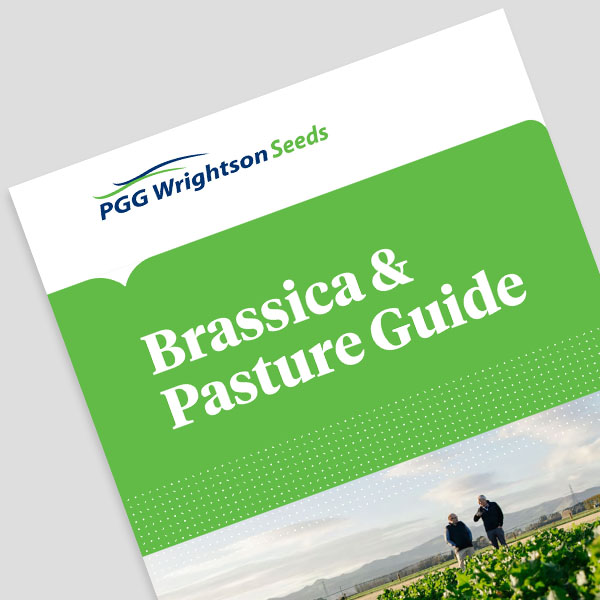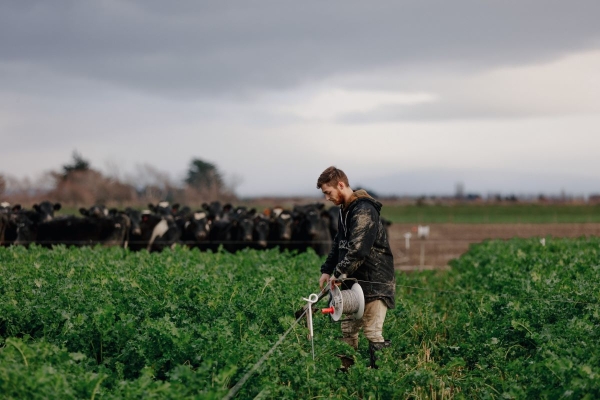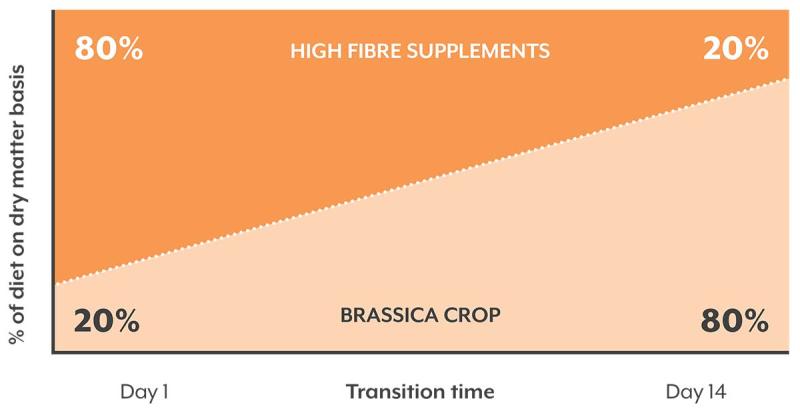Grazing and feeding
PLANNING FOR GRAZING BRASSICA CROPS
Presowing
- Choose paddocks well away from waterways; maintain pasture buffer strips between crop and critical source areas (CSA) as required by your local regional council
- Plan sustainable crop rotations, minimising risk of build up of soil-borne plant diseases
- Use conservation tillage techniques, slow runoff and reduce downhill slope loss
- Direct drill first year crops
- Soil test to identify nutrient levels and define fertiliser requirements
- Refer to winter cropping and the environment for more information on planting crops to reduce loss of sediment, phosphorus and nitrogen
Feed planning and paddock set up
- Feed budget planning is needed well before crops are grazed
- Place baleage on crop paddocks before winter, away from CSAs
- Check stock water supplies; portable troughs that follow the crop face work well
- Match crop type with stock class (e.g. calves and hoggets need crops that contain more protein); young animals may do less well on bulb crops
- Match supplement type with stock class. Cereal straws are unsuitable for young stock classes if fed as the only supplement type offered alongside brassica crops
- Plan for adverse weather events; allow for nearby standoff areas with extra supplements and good shelter from wind
Grazing management
- Utilisation of crop and equal access to crop by all animals is best achieved when long, narrow breaks are offered rather than short, wide breaks
- Move the break fence at least once or twice daily to reduce trampling and crop wastage
- Minimise breakout risk with hot fencing standards and sufficient voltage
- Double fence the crop break to stop access to full crop area if breakouts occur
- Graze downhill towards CSAs
- Offer extra crop area and more high fibre supplementary feed when cold weather is forecast
- Back fencing planning – as required by your local regional council
Key risks of transitioning onto brassicas
- Time is needed (up to 10-14 days) for sheep, cattle and deer to transition from pasture to brassica crops
- Livestock learning to graze a new type of feed takes time
- The rumen needs time (up to 14 days) to change from a pasture based fermentation to one best able to effectively digest brassicas
- Cattle need extra care during transition; they are more likely than sheep to have bloat and/or rumen acidosis challenges
- The first 14 days on brassica crops is when most animal health challenges occur
Once fully transitioned onto brassica crop, livestock should continue to receive at least 20% of the diet as high fibre supplements. Feed no more than 35% of the diet on a dry matter basis as brassica crop for lactating dairy cows, due to risk of brassica milk taint.





